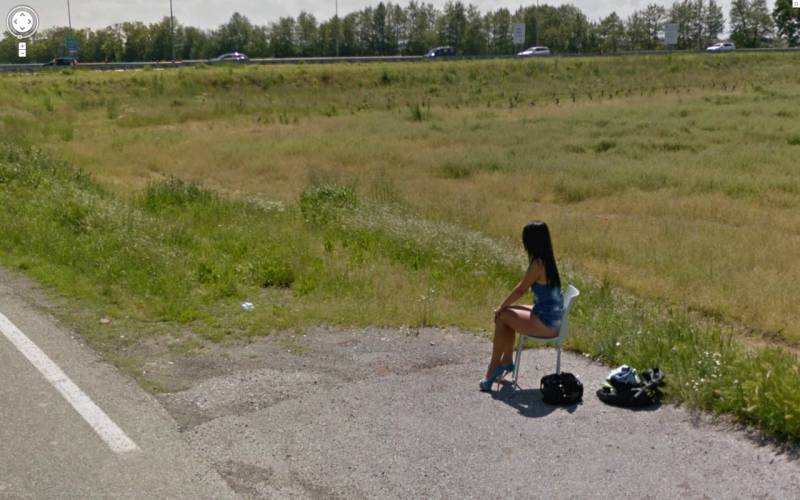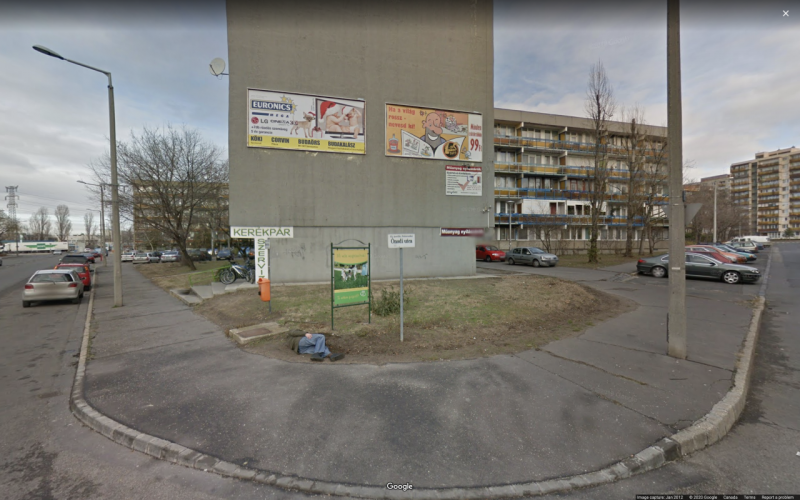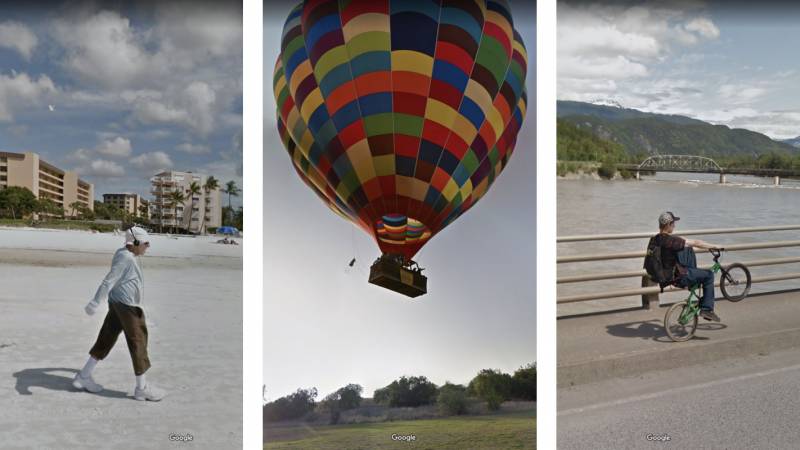Because these shots are captured by equipment that doesn’t look like a traditional camera or camcorder (the multi-lens devices are most often mounted to the roofs of cars), the people caught on the other side of the lens remain, for the most part, entirely unselfconscious and uninterrupted. The resulting images provide an unfiltered view of humanity that is as perplexing and disturbing as it is captivating.
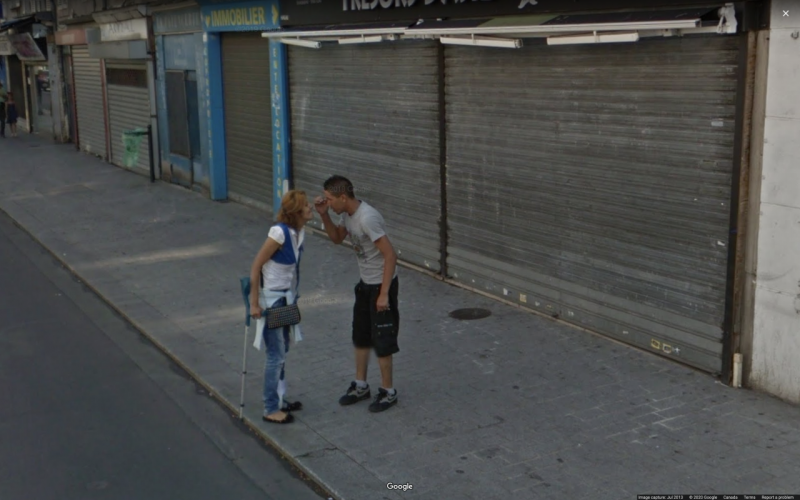
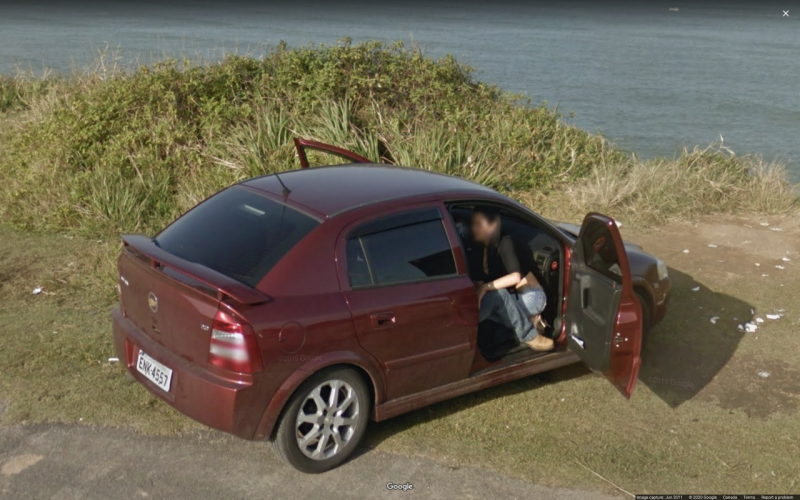
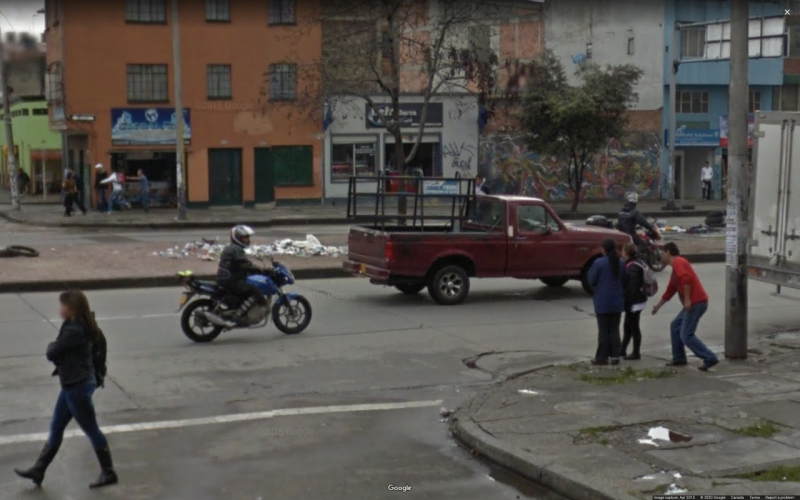
While this collection can’t help but appeal to the inner voyeur in all of us, 9-Eyes also shines a starker light on the privacy issues associated with Google Maps’ Street View feature. Men are caught urinating, sex workers are immortalized in various states of undress and young children are often completely alone, or getting up to no good.
Though Google does blur out faces and license plates (and even does additional blurring by request), you can’t help but wonder how many people know their likeness has been captured in this way. 9-Eyes effectively demonstrates the enormous gulf in behavior between those unaware of the cameras, and those who recognize the strange contraption filming them.
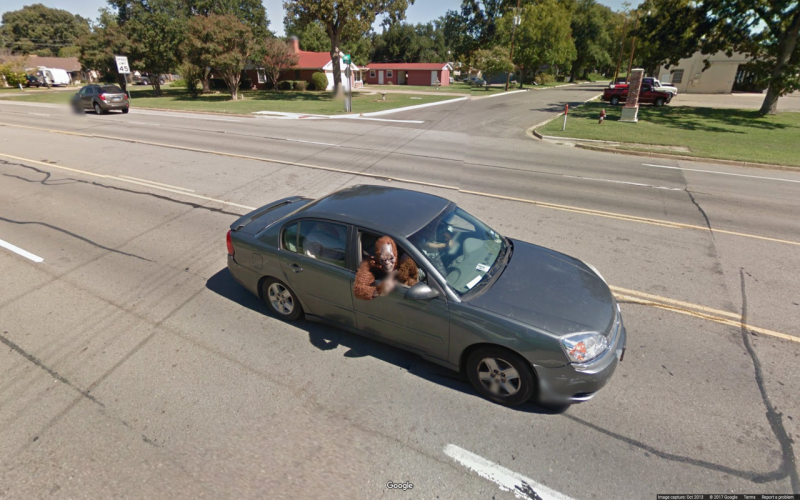
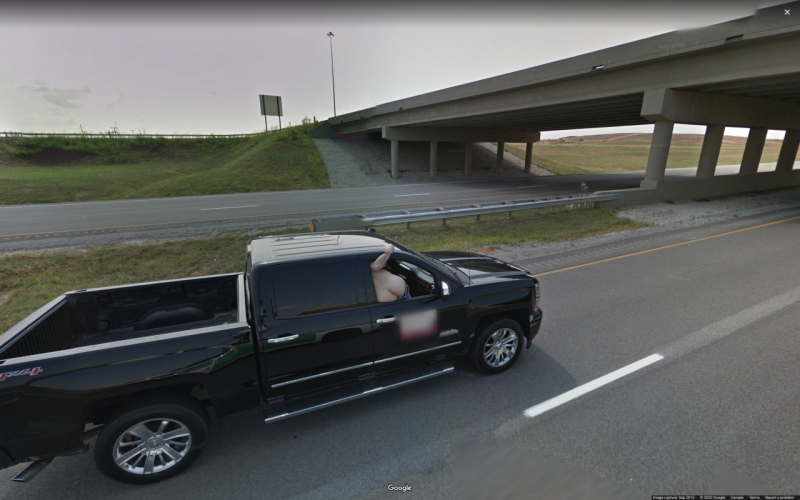

In Rafman’s other work, the artist explores spatial realities in the post-internet world. 9-Eyes began as a Tumblr back in 2008—the year after Google Maps launched Street View. In 2016, New Documents published a collection of the site’s images, contextualizing them within the history of photography and surveillance. These days, Rafman’s site undergoes only sporadic updates, the most recent of which started in March and stopped a couple of weeks ago. But for those unfamiliar with the archive, 9-Eyes’ back catalog can provide hours of vicarious, enthralling experience.
Rafman frequently uses digital technology to illustrate how modern tools alienate humanity from itself. Fittingly, the rare moments of calm and beauty on 9-Eyes are almost always devoid of people. Rural locations act as a relief from the concrete chaos that dominates much of the collection.
Once human beings are removed from the picture, a sense of peace emerges.
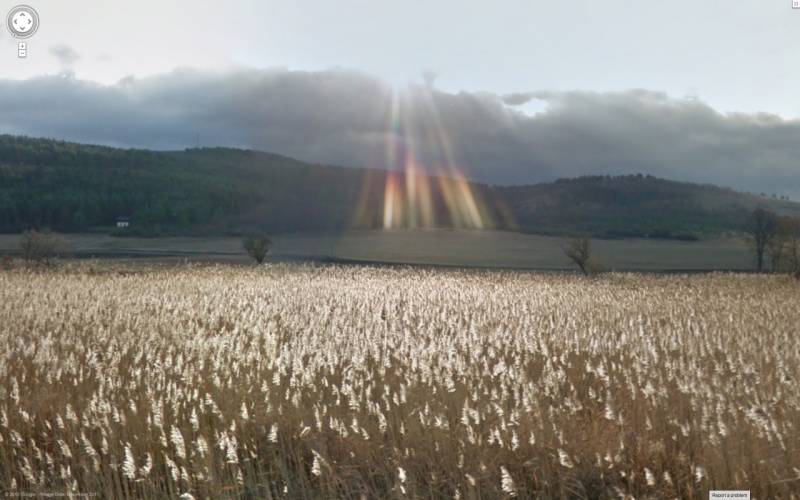
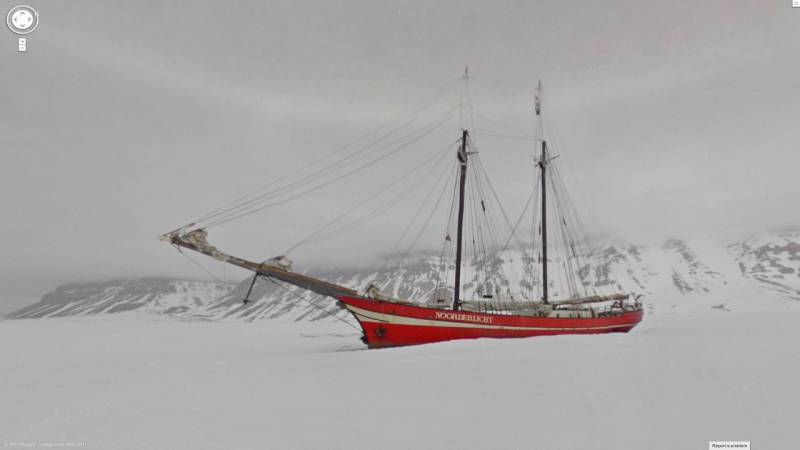
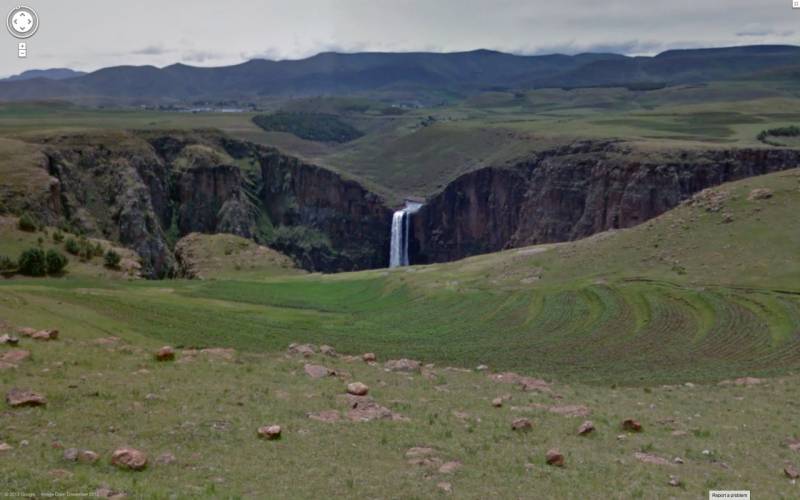
In 2019, Rafman said of his work: “What concerns me is the general sense of entrapment and isolation felt by many as social and political life becomes increasingly abstracted and experience dematerialized.” In the age of COVID-19, as people around the world have become more isolated and more reliant on technology, Rafman’s concepts have taken on additional depth and power.
